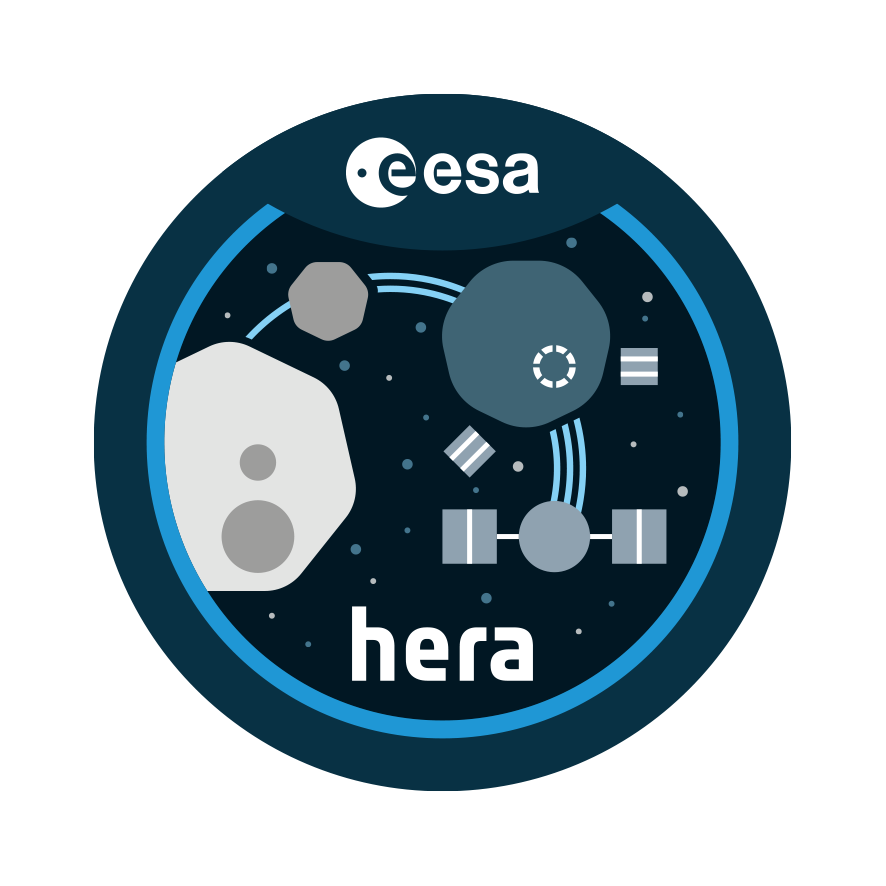The main purpose of the Asteroid Impact and Deflection Assessment (AIDA) collaboration is to support the demonstration and validation of the technology needed to deflect a hazardous asteroid by means of a kinetic impactor as well as to improve our understanding of the impact process and the momentum transfer to the target asteroid. AIDA will combine the data obtained by the NASA Double Asteroid Redirection Test (DART), which will impact the secondary of the binary asteroid Didymos, named Dimorphos, and observe the resulting change in the orbital period of the secondary from ground-based observatories, and by the ESA Hera mission, which will rendezvous with the target, characterise it in great details, including its internal properties and the crater made by DART and measure the momentum transfer efficiency. An Italian Cubesat called LiciaCube will be deployed by DART before the impact and will observe its happening as well as the first 100 seconds following it. In addition to the remote sensing suite of instruments, Hera will also deploy two Cubesats, Milani and Juventas, which will operate over a few months in vicinity of the asteroid providing unique scientific measurements.













